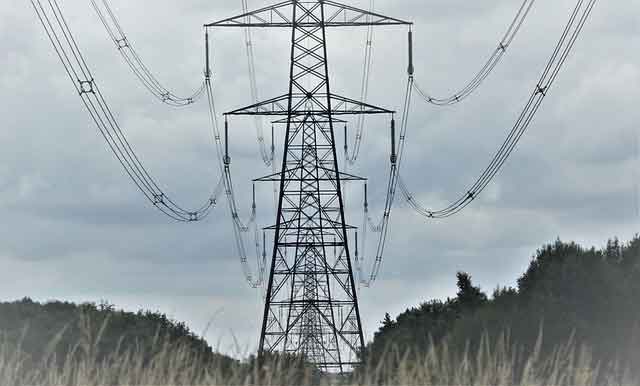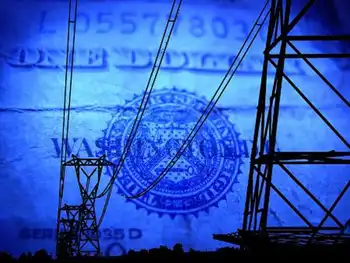Bay Street snubs green revolution
By Toronto Star
Substation Relay Protection Training
Our customized live online or in‑person group training can be delivered to your staff at your location.

- Live Online
- 12 hours Instructor-led
- Group Training Available
Ontario's Green Energy Act and new feed-in-tariff program have resulted in a flood of applications to develop renewable-energy projects in the province.
But so far interest from big Canadian financial institutions and brokerages has been tepid at best.
"A lot of the Canadian institutions tend to be followers rather than leaders," said Mark Porter, who heads up Ernst & Young UK's energy and environmental infrastructure practice.
Porter is one of several European financial experts who assembled in Toronto to help Canada's risk-averse investment community get more comfortable with capitalizing wind, solar and other green-energy projects being planned in Ontario over the next several years.
The one-day event, held at the MaRS Centre, was put together to "unlock" local capital and help accelerate the flow of investment into Ontario's booming renewable power sector, said Tom Rand, head of the clean technology practice at MaRS Discovery District and conference co-organizer.
"We're holding this to educate the financial community on Bay Street to let them know this is a safe opportunity," said Rand.
"Right now, renewable energy – even under the feed-in-tariff program – is regarded as a niche sector, so the big funds haven't really allocated a lot of money to this asset class.
"But this is no longer niche, this is a mainstream sector that requires mainstream capital."
The investments under the province's feed-in-tariff program, he added, are as safe as a 20-year government bond that pays 8 to 12 per cent.
Ontario's FIT program is modeled after successful programs in Germany, Spain and other European countries.
Those programs helped the global renewable energy sector attract $120 billion in capital in 2008 before dipping slightly during the 2009 downturn.
Nils Mellquist, senior research analyst at Deutsche Asset Management, part of Deutsche Bank Group, and Jérôme Guillet, head of energy at Dexia Crédit Local, are among the European experts coming to share their experiences with Ontario investors.
"The renewable energy sector last year exceeded the conventional energy sector for the first time," said Ben Warren, a partner with Ernst & Young UK who is relocating to Toronto in mid-February to give the company a presence in Ontario.
"History shows that where there's very clear political support and a robust regulatory framework under which to do business, that's where business tends to get done," he said.
Warren, who will also be presenting at the conference, said his message is simple: "The local market here compares very favourably in the global context.
"We expect to see a huge amount of local but also international interest in the marketplace."
Premier Dalton McGuinty is expected to attend a morning session of the event, a week after announcing a massive, $7 billion deal that will see South Korean industrial giant Samsung C&T manufacture and deploy renewable energy technologies across the province.
McGuinty will likely face questions about the deal and its impact on investor certainty, in light of the special treatment Samsung is getting under a regulatory structure that's supposed to treat all participants fairly.











